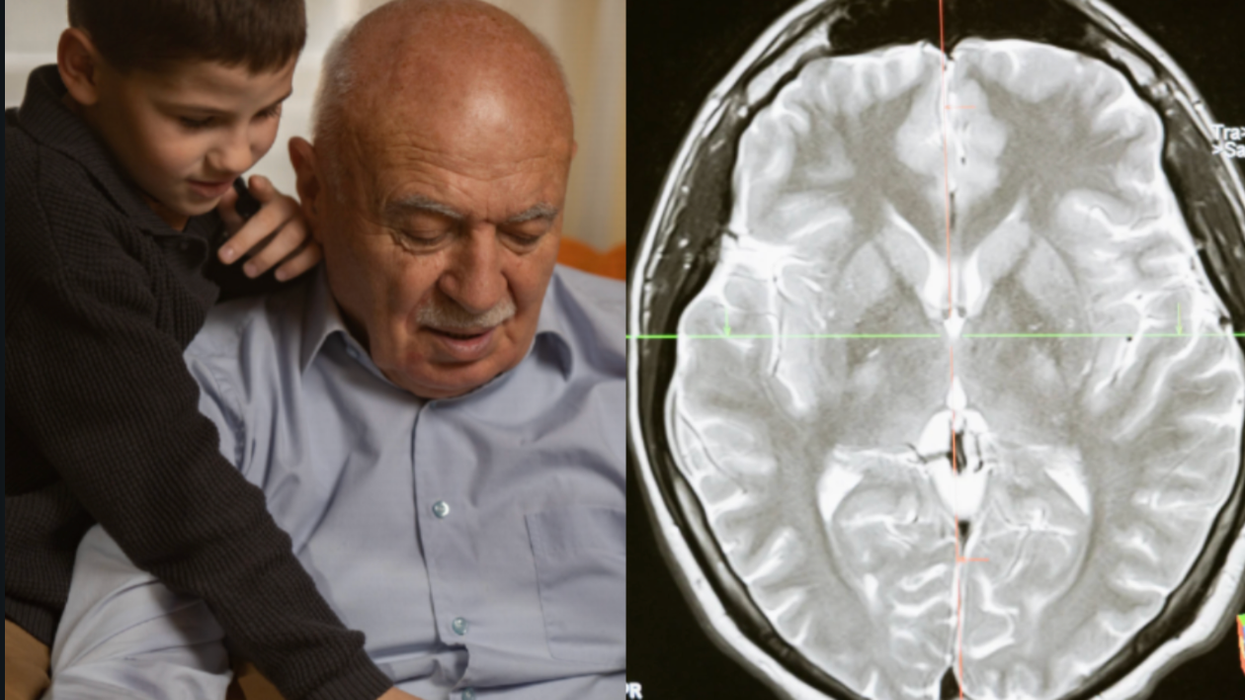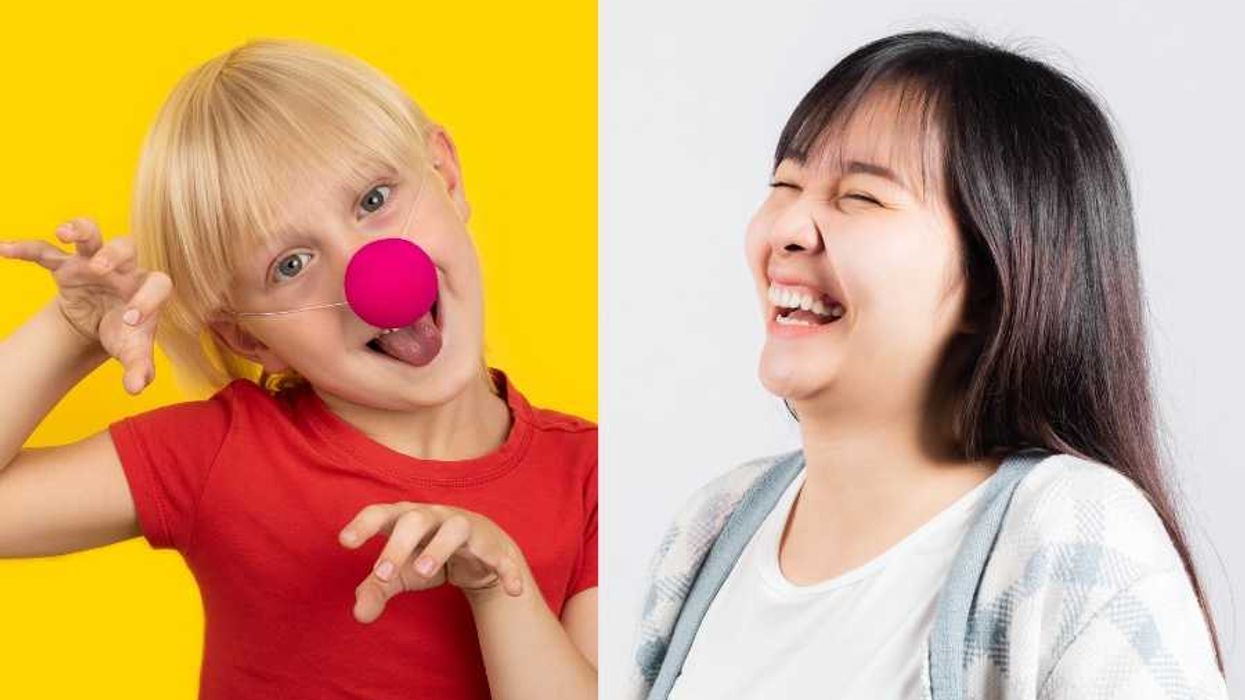In February, when Golden State Warriors star Klay Thompson began telling the world how he has been drinking chocolate milk his “whole life,” he was sharing his love for the beverage as an official spokesperson for “Built by Chocolate Milk,” a dairy industry campaign. Thompson and the Warriors went on to win the NBA championship, so maybe drinking chocolate milk — which some athletes use as a recovery drink — helped them Hulk-smash the Cleveland Cavaliers.
But when kids in the Warriors’ future hometown of San Francisco start school in August, the chocolate milk that Thompson says gives him so much energy will no longer be on the menu. Thanks to worries over the sugar content of the beverage, the San Francisco Unified School District announced last week that it’s axing it from cafeterias.
[quote position="left" is_quote="true"]Kids should eat no more than six teaspoons per day of added sugar.[/quote]
“Chocolate milk has more sugar than regular milk,” Matt Haney, the board of education commissioner, told the San Francisco Examiner. “We know that many children and teens consume many times the recommended intake of sugar.” Haney said he understands that “some people have fond memories of drinking chocolate milk at school and maybe feel like this was not a good use of our time.” But the district’s concern about students’ sugar intake doesn’t stem from tech-bro disruptors.
A carton of the chocolate milk served in San Francisco’s schools contains about 10 grams, or two teaspoons’ worth, of sugar. That might not seem like much, but new guidelines released last year by the American Heart Association suggest that children eat no more than six teaspoons per day of added sugar.
“Added sugars contribute to a diet that is energy dense but nutrient poor and increase risk of developing obesity, cardiovascular disease, hypertension, obesity-related cancers, and dental caries,” wrote the AHA. Overall, the health organization estimates that kids “2 to 19 years of age consume an average of 80 g added sugar daily.” That’s nearly 20 teaspoons’ worth of the sweet stuff, so it makes sense that the district is doing its part to cut consumption.
San Francisco isn’t the first large district in the U.S. to drop flavored milk. In 2011, the Los Angeles Unified School District became the largest school district in the nation to ban the beverage. But the district found that kids in Los Angeles tend to chuck plain milk in the trash. That finding is backed by data included in a 2014 report by public interest lawyer Michele Simon about the influence that the dairy industry has on the nation’s schools, which showed milk sales are higher when chocolate milk is sold in cafeterias. According to the report, about 70% of milk sold on campus is flavored, and schools are about 8% of the dairy industry’s total sales. So if chocolate milk is dropped, the industry loses money.
But Los Angeles’ school board said that it was concerned about the waste generated by milk being trashed and that students weren’t getting the nutritional benefits of the beverage. So last year, it gave the green light to a pilot project at 21 campuses to show whether kids drink more milk at lunch. Meanwhile, San Francisco Unified tested its chocolate-milk-free menu at five schools during the past school year and found that kids readily switched to plain milk when the flavored option was unavailable.
Only time will tell if kids across San Francisco will do what their peers in L.A. did and stop drinking the beverage completely. Perhaps the district should ask hometown hero Klay Thompson if he’ll promote the plain version too.





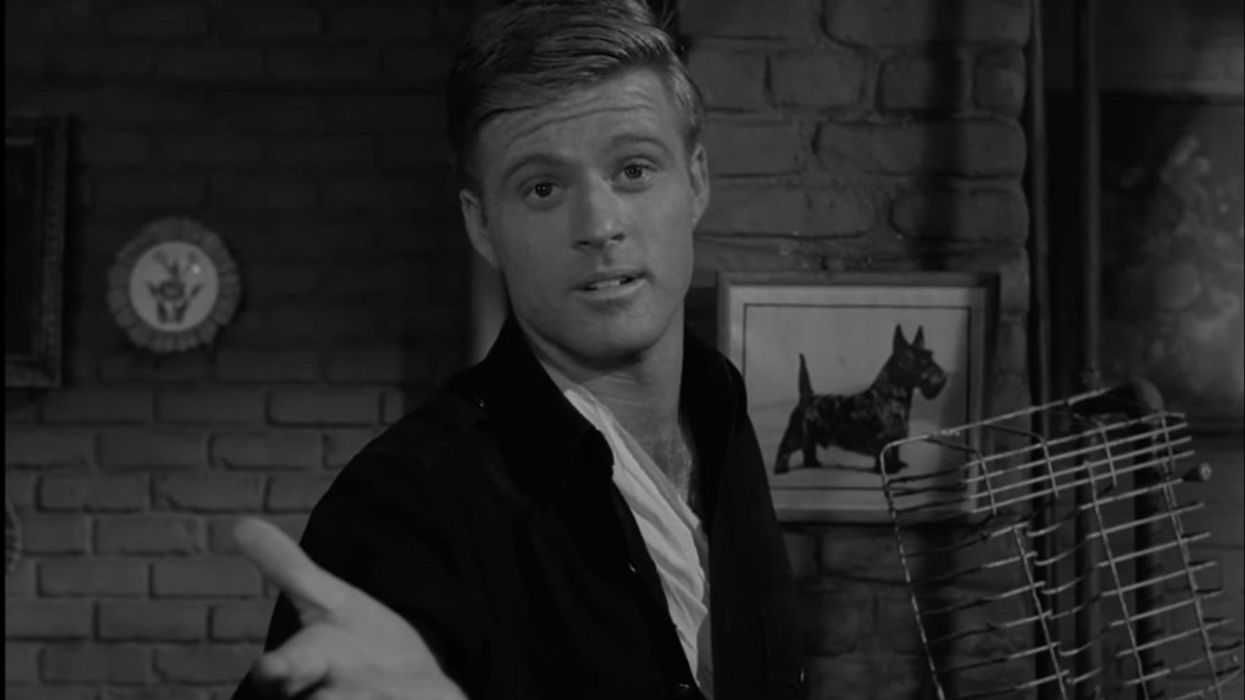
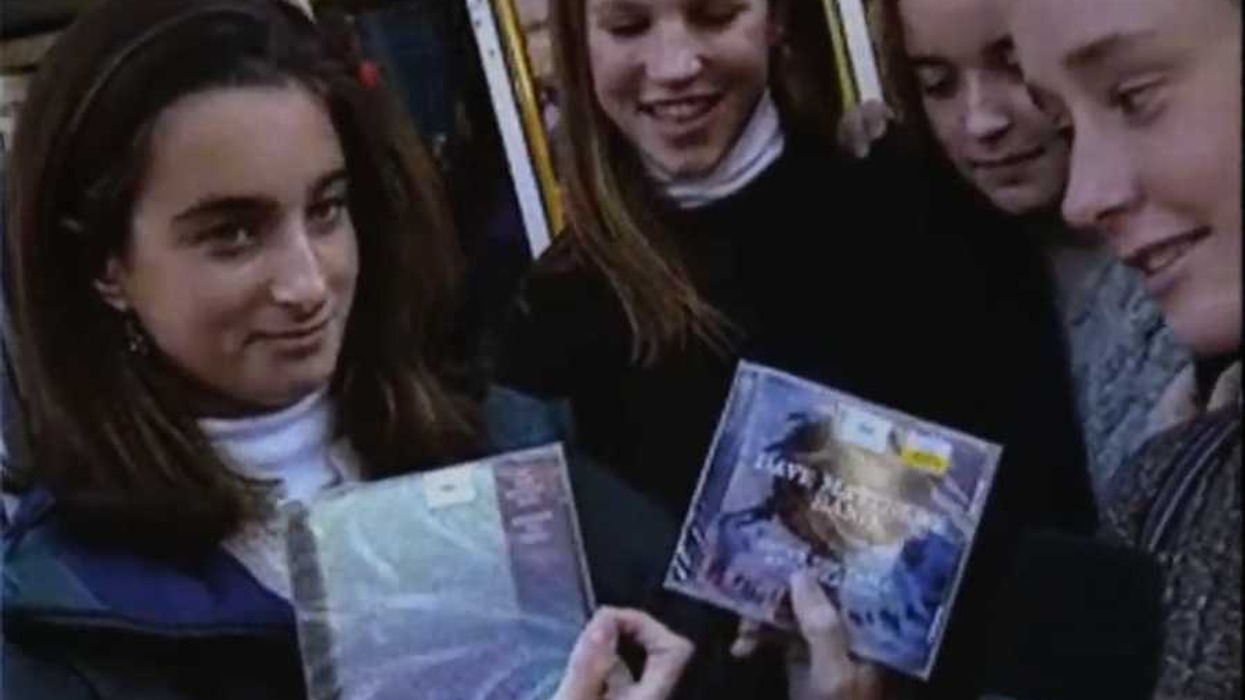
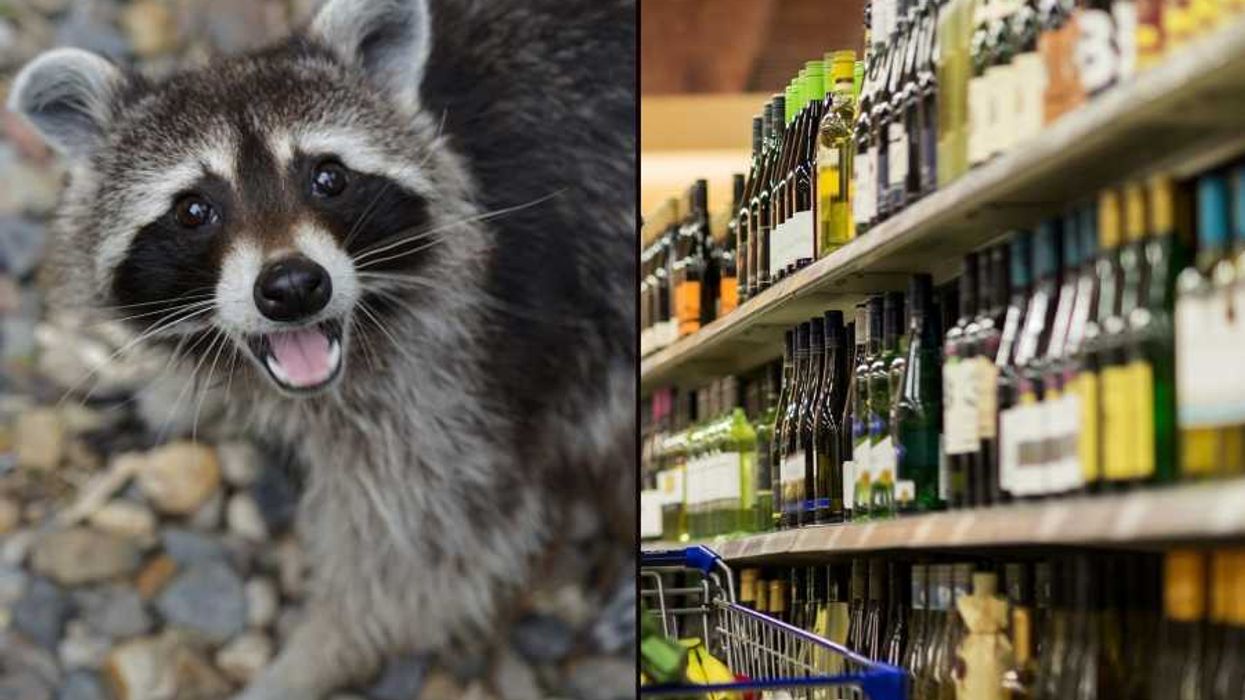
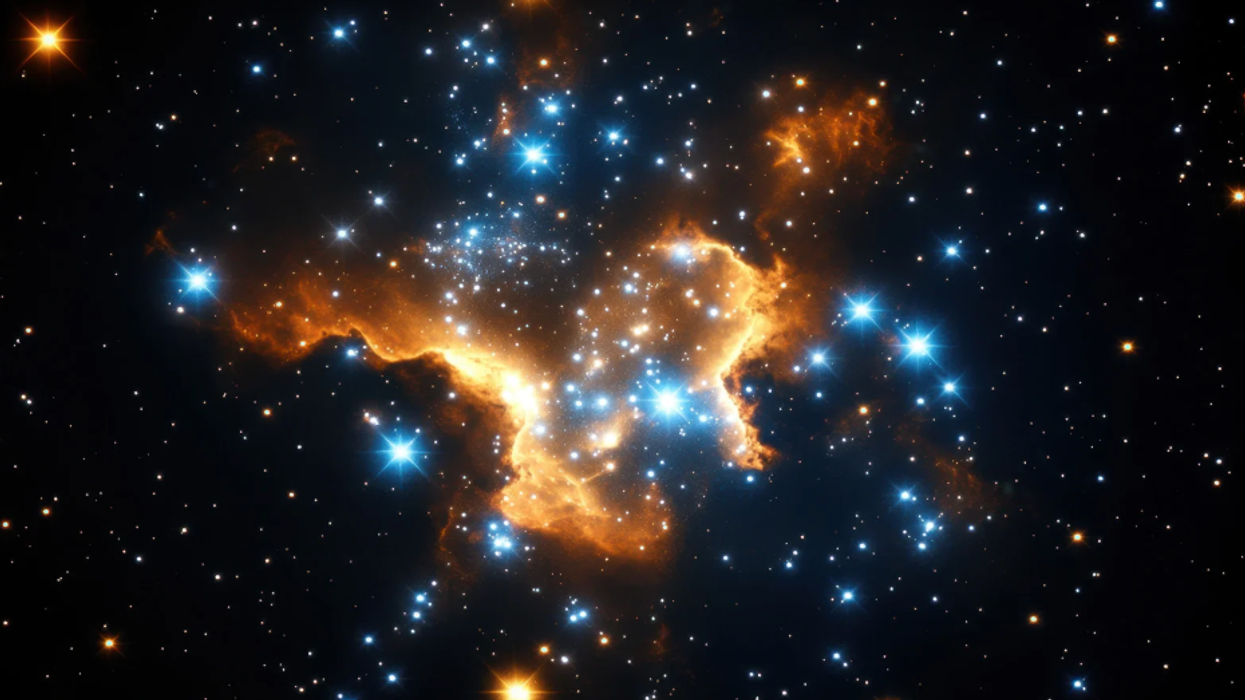

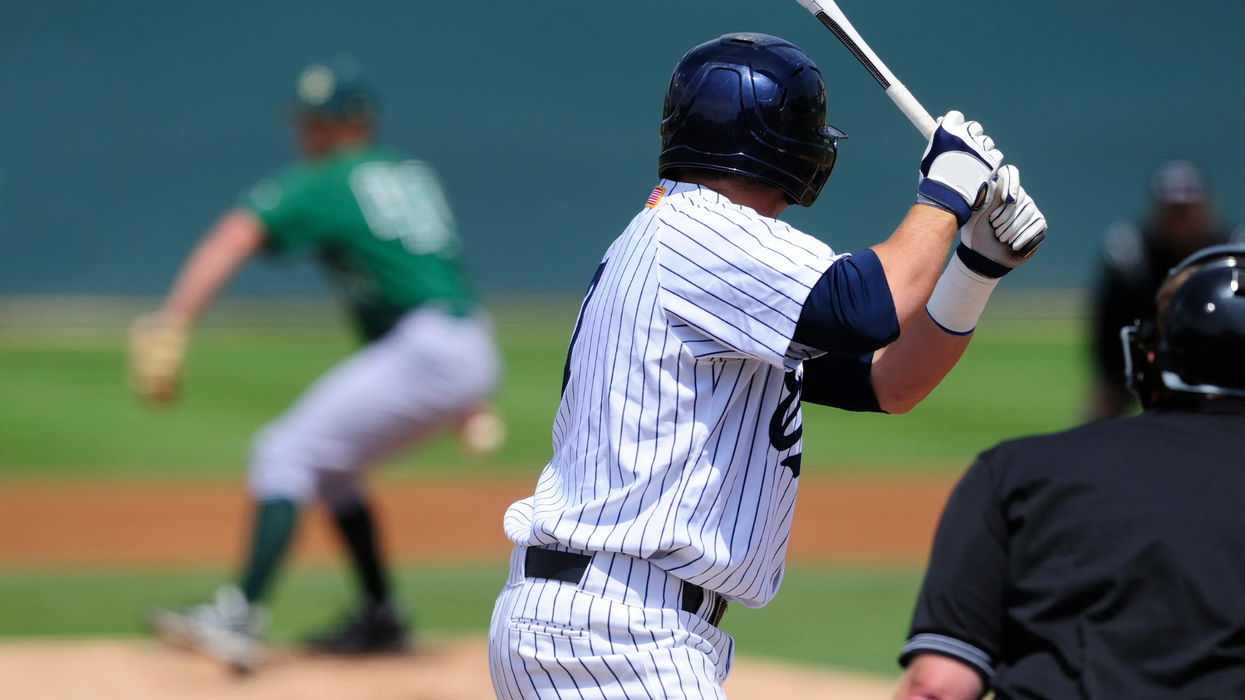
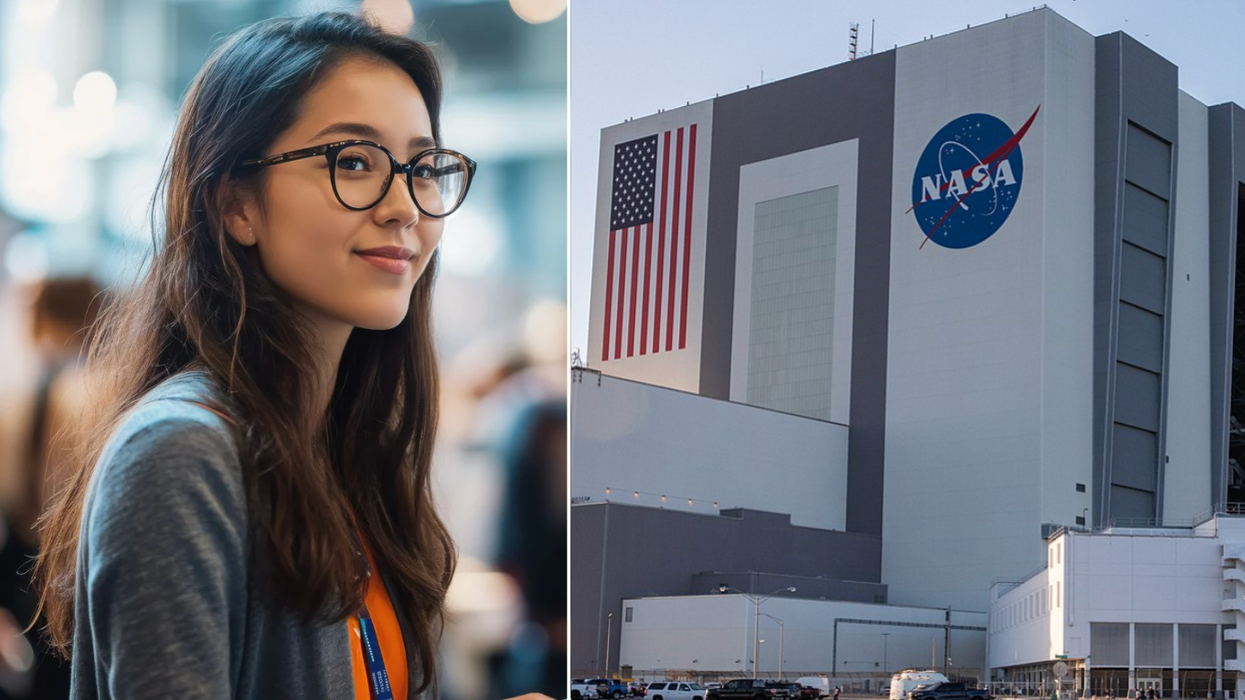

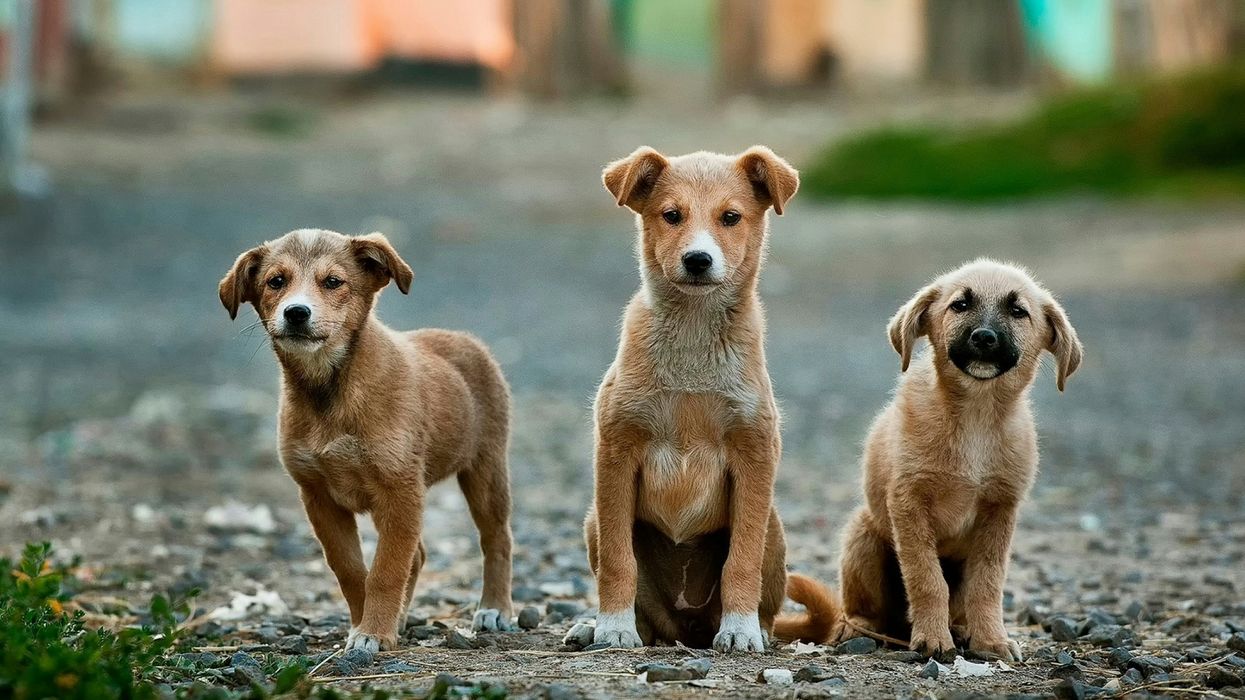
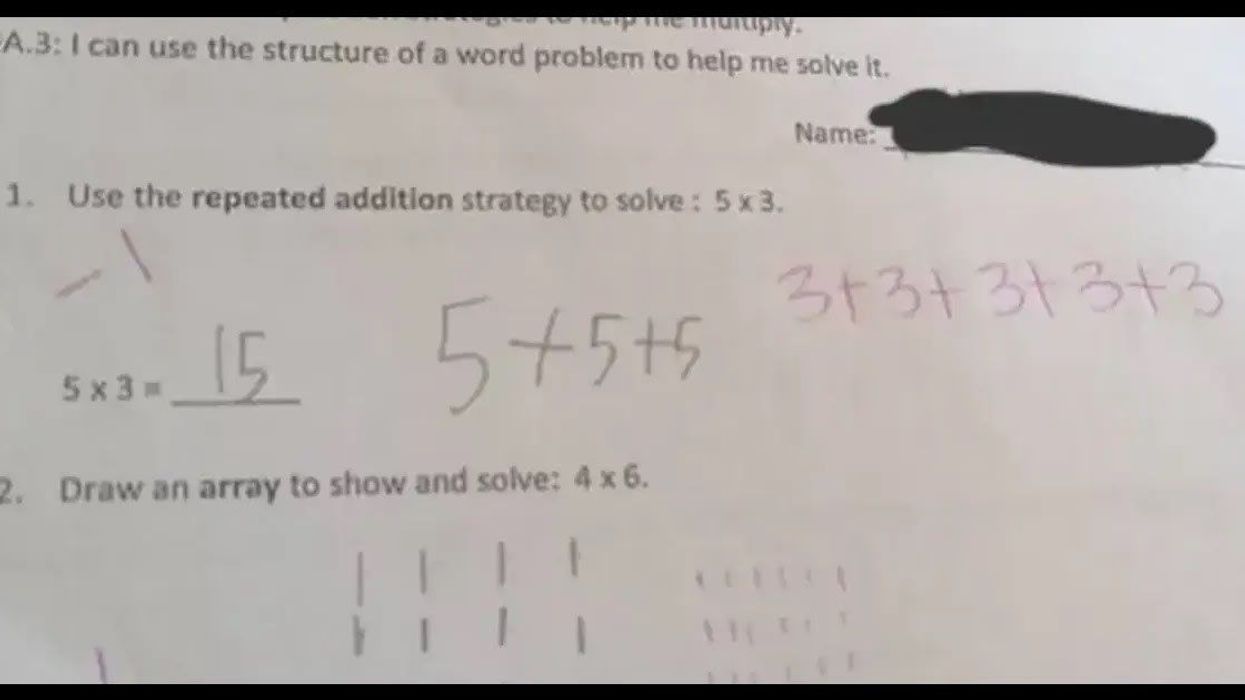


 Ladder leads out of darkness.Photo credit
Ladder leads out of darkness.Photo credit  Woman's reflection in shadow.Photo credit
Woman's reflection in shadow.Photo credit  Young woman frazzled.Photo credit
Young woman frazzled.Photo credit 
 A woman looks out on the waterCanva
A woman looks out on the waterCanva A couple sits in uncomfortable silenceCanva
A couple sits in uncomfortable silenceCanva Gif of woman saying "I won't be bound to any man." via
Gif of woman saying "I won't be bound to any man." via  Woman working late at nightCanva
Woman working late at nightCanva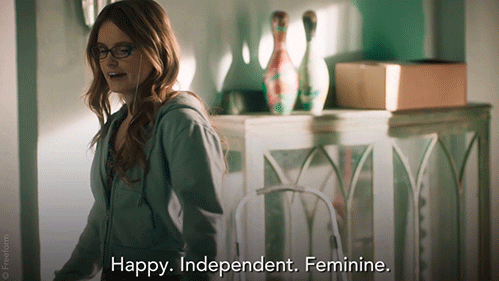 Gif of woman saying "Happy. Independent. Feminine." via
Gif of woman saying "Happy. Independent. Feminine." via 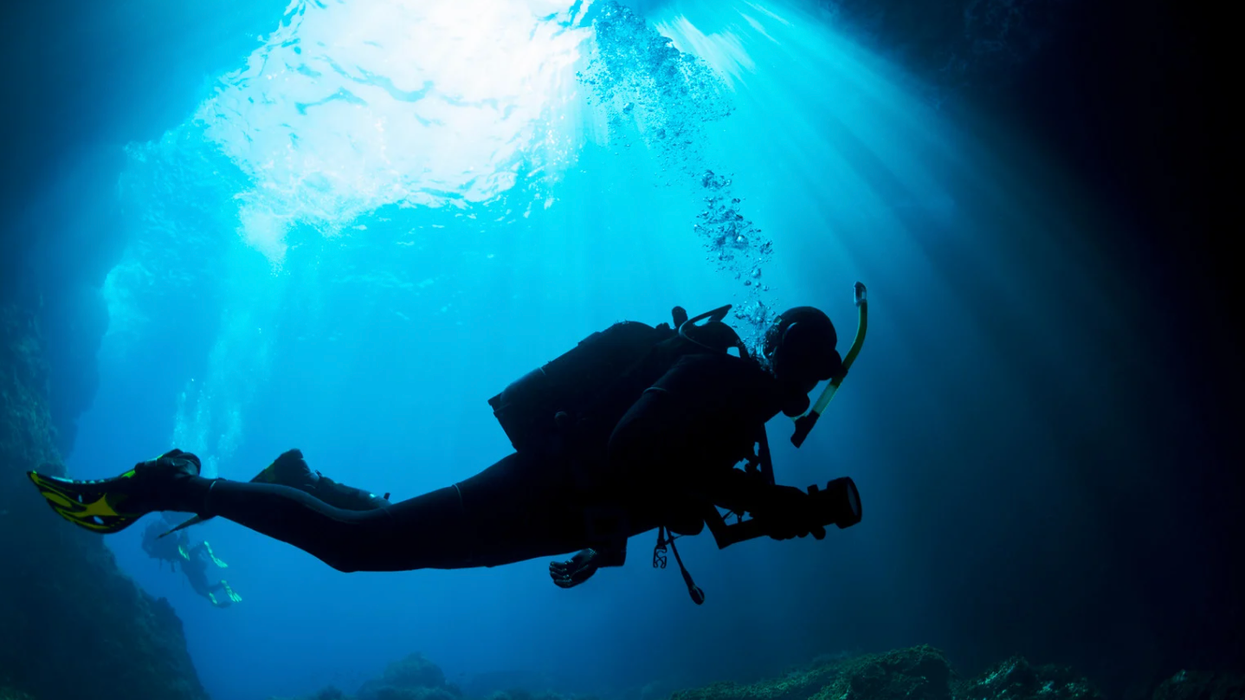
 Yonaguni Monument, as seen from the south of the formation.
Yonaguni Monument, as seen from the south of the formation. 